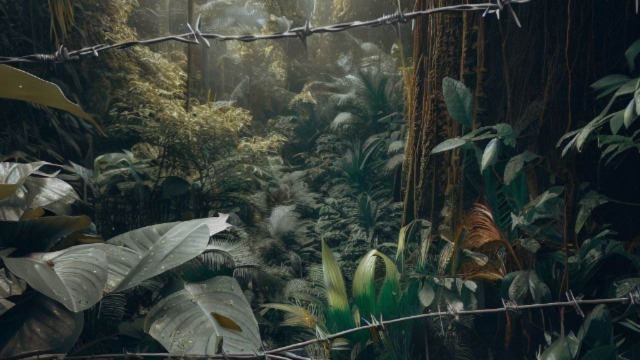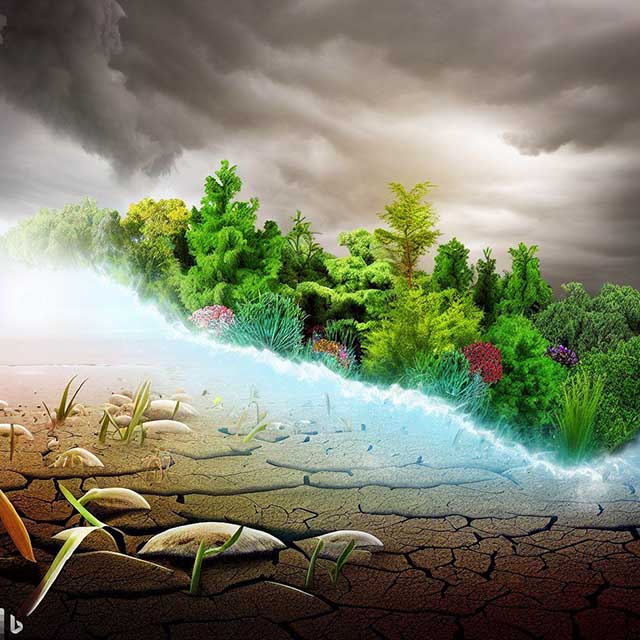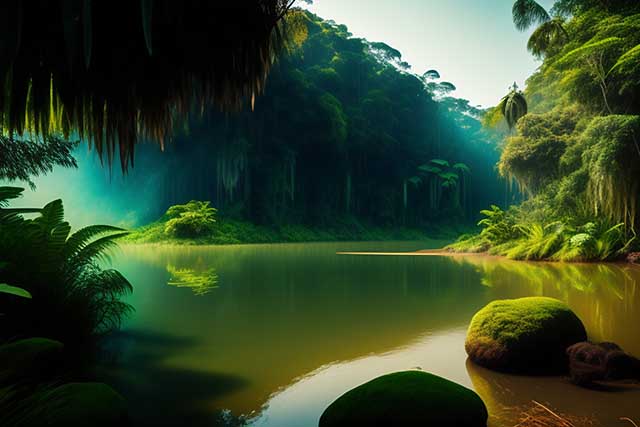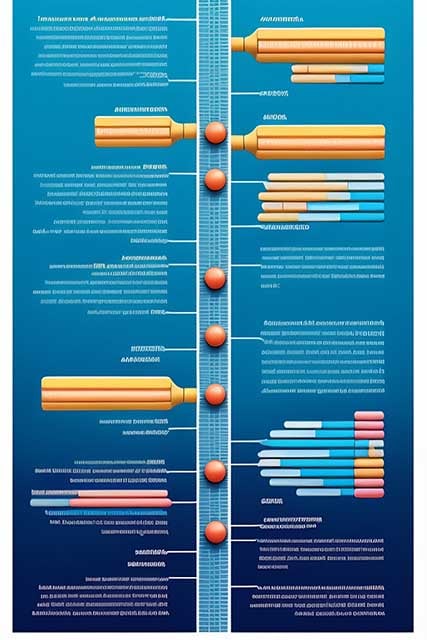INTRODUCTION TO MARINE BIODIVERSITY
Executive overview of topics
- The earth is mostly water, and the oceans cover 70% of the planet
- Life began in the sea, and almost all the major groups of animals and plants are found in the sea
- The sea is a very old place, and it has been evolving for a long time
- This means that there is a lot of genetic diversity in the sea
- There are many different types of marine organisms, and we only know a small part of them
- Some marine organisms are useful to us. However, we are only just beginning to understand the full potential of marine biodiversity
- Unfortunately, much of this diversity is disappearing faster than we can study it
- Some marine species are being overfished and are in danger of extinction such as abalones
- This is a problem because we may not know all that we could about these species before they are gone
- The main reason for this is that abalones are hermaphrodites, which means that they have both male and female reproductive organs
- As a result of this, the white abalone, which is the most common type of abalone, is now critically endangered
- Overfishing is not only a problem for abalones, but for many other types of fish as well
- For example, when abalones are overfished, it causes a decline in the population of sea urchins
- As a result of this, the coral reefs that sea urchins live on are also in danger
- Coral reefs are important because they provide a home for many different types of fish and other marine animals. They are also a major tourist attraction and generate income for many coastal communities
- The decline of coral reefs would be a major blow to the economy and the environment and could lead to the extinction of many different species of fish and other marine animals
- Coral reefs around the world are in trouble. One of the biggest threats to coral reefs is something called coral bleaching
- Fortunately, not all coral is equally susceptible to coral bleaching
- By understanding this diversity, we can perhaps find ways to protect coral reefs from the effects of climate change
- The sea offers a number of promises to some of the diseases that we most fear cancer among them
- Many marine organisms use nasty chemicals to defend themselves against potential predators and people in turn can use those chemicals to help fight disease
- It turns out that somewhere between two-thirds and three-quarters of all the potentially useful anti-cancer compounds being screened by the National Cancer Institute come from marine organisms. So the potential importance of marine organisms in fighting the war against cancer is enormous
- In the case of the sponges in the rosette bryozoans, we knew that these organisms were chemically defended and they were therefore likely candidates for anti-cancer compounds
- But sometimes medical discoveries come from amazingly unexpected sources
- It turns out this is a picture of a sea urchin egg covered by sea urchin sperm sea urchin eggs are coated with jelly and there's a gene that is expressed in sea urchin sperm that was responsible for the sperm sticking to the eggs and fusing to the eggs and is essential for fertilization to take place
- Sea urchins are somewhat close relatives in the sea and it turns out that there's a gene in humans which can't when mutated causes polycystic kidney disease
- This is one of the most common genetic illnesses and people and until recently we had no good model system for understanding it and we didn't really we know a mutation was responsible but we didn't know what the mutation did
- Marine environments are some of the most diverse ecosystems on Earth
- They are home to a wide variety of plants and animals, from tiny plankton to giant whales
- Sadly, marine environments are under threat
- Overfishing, pollution and climate change are all having a devastating impact
- This is why it is so important to understand and protect marine biodiversity
- Basic scientific research is crucial to this effort. The creatures that live in the sea. How they interact with each other. How this knowledge can help us conserve sea ecosystems
Threats, Utility, and Conservation
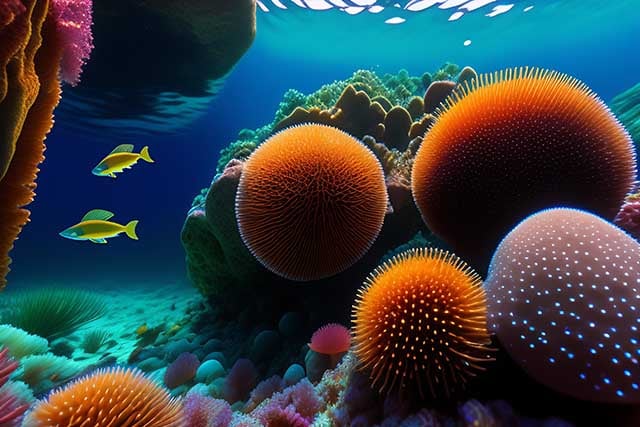 The earth is mostly water, and the oceans cover 70% of the planet. They also harbour most of the biological diversity on earth. Life began in the sea, and almost all the major groups of animals and plants are found in the sea.
The earth is mostly water, and the oceans cover 70% of the planet. They also harbour most of the biological diversity on earth. Life began in the sea, and almost all the major groups of animals and plants are found in the sea.The sea is a very old place, and it has been evolving for a long time. This means that there is a lot of genetic diversity in the sea. There are many different types of marine organisms, and we only know a small part of them.
Some marine organisms are useful to us. For example, they can be used for food or for making medicines. However, we are only just beginning to understand the full potential of marine biodiversity.
Unfortunately, much of this diversity is disappearing faster than we can study it. Some marine species are being overfished and are in danger of extinction. This is a problem because we may not know all that we could about these species before they are gone.
The Abalone Catastrophe
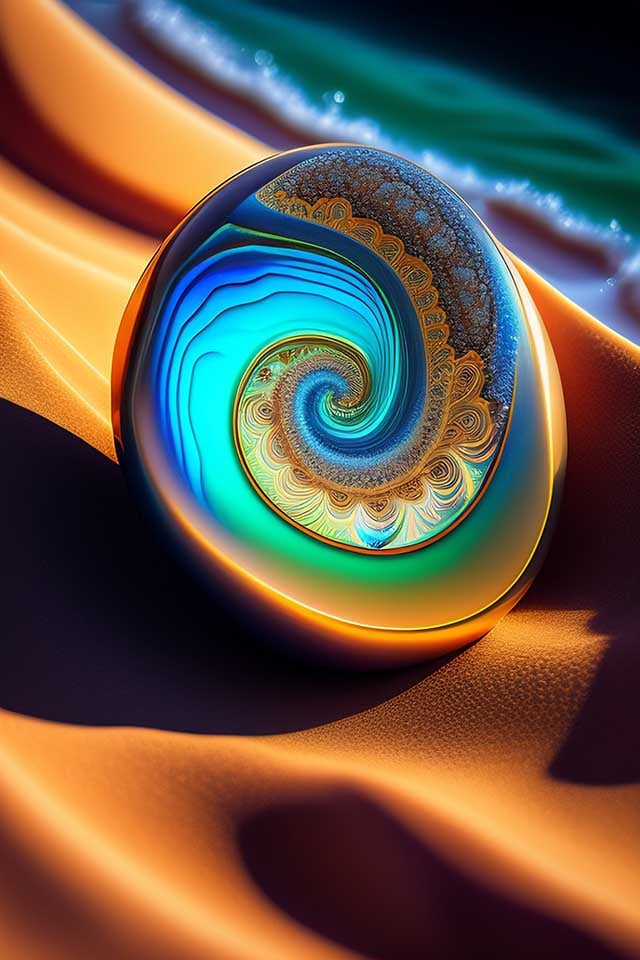 Abalones are a type of shellfish that are prized for their beautiful shells. They are found in oceans all over the world and have been harvested by humans for centuries. However, abalones are now in danger of becoming extinct. This is because they are being overfished, and their populations are declining rapidly.
Abalones are a type of shellfish that are prized for their beautiful shells. They are found in oceans all over the world and have been harvested by humans for centuries. However, abalones are now in danger of becoming extinct. This is because they are being overfished, and their populations are declining rapidly.The main reason for this is that abalones are hermaphrodites, which means that they have both male and female reproductive organs. This makes it difficult for them to reproduce, and they are not able to produce enough offspring to keep up with the demand from fishermen.
As a result of this, the white abalone, which is the most common type of abalone, is now critically endangered. This means that it is at risk of becoming extinct in the wild.
Overfishing is not only a problem for abalones but for many other types of fish as well. This is because when fish are overfished, it can have a ripple effect on the entire ecosystem.
For example, when abalones are overfished, it causes a decline in the population of sea urchins. This is because sea urchins are one of the main predators of abalones.
As a result of this, the coral reefs that sea urchins live on are also in danger. This is because, without sea urchins to eat them, seaweed can take over the coral reefs and suffocate them.
Coral reefs are important because they provide a home for many different types of fish and other marine animals. They are also a major tourist attraction and generate income for many coastal communities. The decline of coral reefs would be a major blow to the economy and the environment and could lead to the extinction of many different species of fish and other marine animals.
Overfishing is a major problem that is causing a decline in the populations of many different types of fish. This is a serious issue because it can have a ripple effect on the entire ecosystem.
If we want to protect our oceans and the creatures that live in them, we need to be more careful about how we fish. We need to make sure that we only take what we need, and that we leave the rest for future generations.
Coral reefs around the world are in trouble. They are losing their three-dimensional structure and the enormous diversity of marine life that they support is at risk.
One of the biggest threats to coral reefs is something called coral bleaching. This happens when the water gets too warm and the symbiotic algae that live in the coral are cooked. This breaks the symbiosis and the coral can die within a matter of months.
In 1998, during a major El Nino event, 90% of the coral in the Indian Ocean died due to coral bleaching.
Fortunately, not all coral is equally susceptible to coral bleaching. Some types of coral are resistant to the effects of high temperatures. By understanding this diversity, we can perhaps find ways to protect coral reefs from the effects of climate change.
The sea offers a number of promises to some of the diseases that we most fear cancer among them. This shows a picture of a team of scientists from the centre for marine biotechnology and biomedicine about to begin a dive in Palau. As I mentioned at the beginning of this talk, many marine organisms use nasty chemicals to defend themselves against potential predators and people in turn can use those chemicals to help fight disease.
And here you see them as I say in Palau they bring up a number of organisms that are likely because they're defended chemically to contain pharmaceutically interesting and useful compounds to bring him up identify them sort them and finally take them to the laboratory to analyze them chemically.
It turns out that somewhere between two-thirds and three-quarters of all the potentially useful anti-cancer compounds being screened by the National Cancer Institute come from marine organisms. So the potential importance of marine organisms for fighting the war against cancer is enormous.
I also like this slide because it shows here it shows professor Faulkner of sio and he's joined by a student from Palau who came here to Sao to learn the chemical techniques and then bring them back to his home country where he could apply them there.
Of course, you don't have to go all the way to pull out to find useful marine organisms. As I mentioned some of the metal-detoxifying bacteria are found right here but also anti-cancer compounds as well. Margaret who has recently been working with this organism bugle in slightly deeper water and it turns to turns out that it contains a compound called bro statin which is now in Phase two clinical trials against a variety of very serious cancers.
And so even right here right on our own pier, we have organisms that if we know and know enough to look for them have the potential to solve some of our most serious health problems. I'd like to add however though that you don't necessarily find solutions to problems in the most direct possible fashion.
In the case of the sponges in the rosette bryozoans, we knew that these organisms were chemically defended and they were therefore likely candidates for anti-cancer compounds. But sometimes medical discoveries come from amazingly unexpected sources.
This work was not motivated by anything medical it was motivated by a basic interest in fertilization biology itself. However, it turns out this is a picture of a sea urchin egg covered by sea urchin sperm and sea urchin eggs are coated with jelly and there's a gene that is expressed in sea urchin sperm that it was responsible for the sperm sticking to the eggs and fusing to the eggs and is essential for a fertilization to take place.
Now as I mentioned at the beginning sea urchins are somewhat close relatives in the sea and it turns out that there's a gene in humans which can't when mutated causes polycystic kidney disease. This is one of the most common genetic illnesses and people and until recently we had no good model system for understanding it and we didn't really we know a mutation was responsible but we didn't know what the mutation did.
Now it turned out that when Vic took his sequences for good Shane that's responsible for sticking echinoderms' sperm to it to kinder eggs and put them in a computer program to see what sequences in other systems they resembled it.
The Importance of Marine Biodiversity
Marine environments are some of the most diverse ecosystems on Earth. They are home to a wide variety of plants and animals, from tiny plankton to giant whales.
Sadly, marine environments are under threat. Overfishing, pollution and climate change are all having a devastating impact. This is why it is so important to understand and protect marine biodiversity.
Basic scientific research is crucial to this effort. We still have a lot to learn about the creatures that live in the sea and how they interact with each other. The more we know, the better equipped we will be to conserve these vital ecosystems.
FAQ:
Q: What is the earth mostly made of?
A: The earth is mostly water.
Q: What percentage of the earth is covered in water?
A: The oceans cover 70% of the planet.
Q: What is the oldest place on earth?
A: The sea is a very old place.
Q: What is the most common type of abalone?
A: The white abalone is the most common type of abalone.
Q: What is coral bleaching?
A: Coral bleaching is when the water gets too warm and the symbiotic algae that live in the coral are cooked.
Q: What is the significance of the sea urchin egg slide?
A: The slide is a picture of a sea urchin egg covered by sea urchin sperm. The gene that is responsible for the sperm sticking to the eggs and fusing to the eggs is essential for fertilization to take place.
Q: What is the connection between the sea urchin gene and human polycystic kidney disease?
A: The gene in humans that is responsible for polycystic kidney disease is similar to the gene in sea urchins that is responsible for the sperm sticking to the eggs.
CONCLUSION
Marine environments are vital to the health of our planet and its inhabitants. They are home to a wide variety of plants and animals and are a major source of food and medicine for humans. Unfortunately, marine environments are under threat from overfishing, pollution and climate change. This is why it is so important to understand and protect marine biodiversity. Basic scientific research is crucial to this effort. We still have a lot to learn about the creatures that live in the sea, and about the potential uses of marine biodiversity. If we want to protect our oceans and the creatures that live in them, we need to be more careful about how we fish, pollute and change the climate.
In conclusion, there is a lot to learn about the creatures that live in the sea and how they interact with each other. The more we know, the better equipped we will be to conserve these vital ecosystems.
